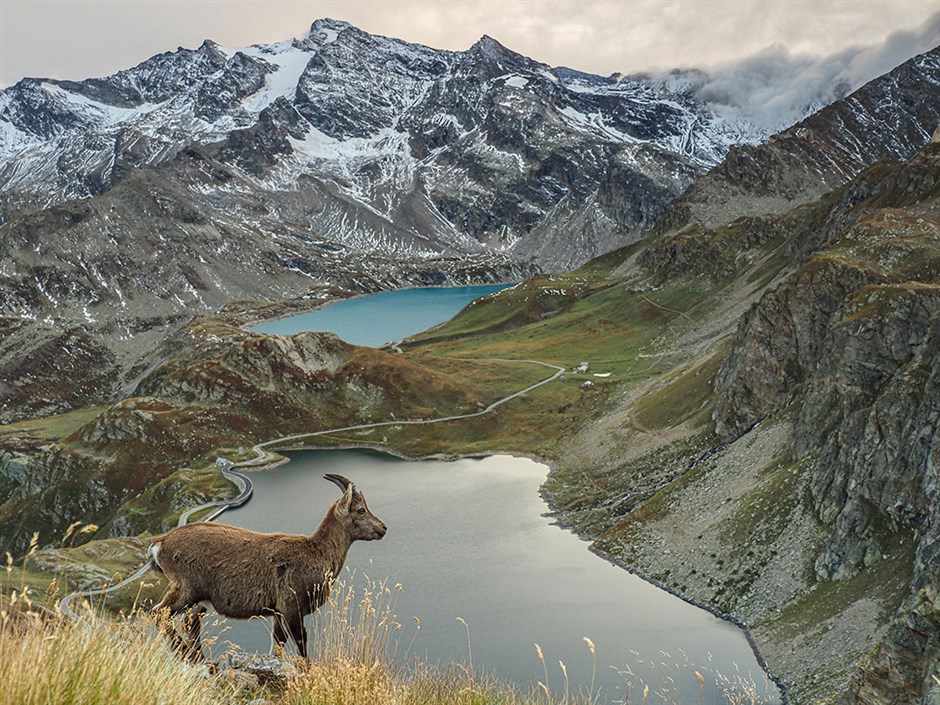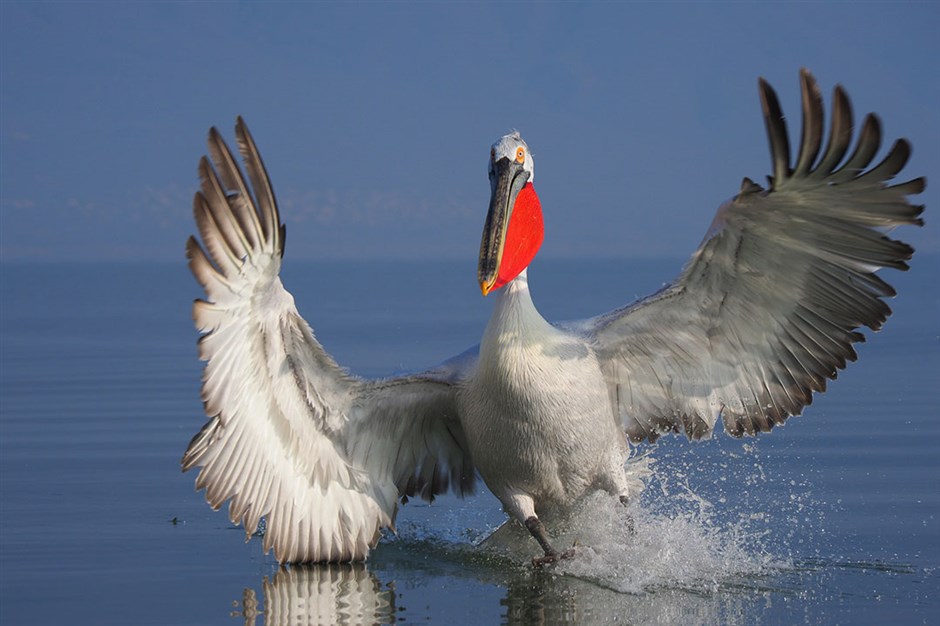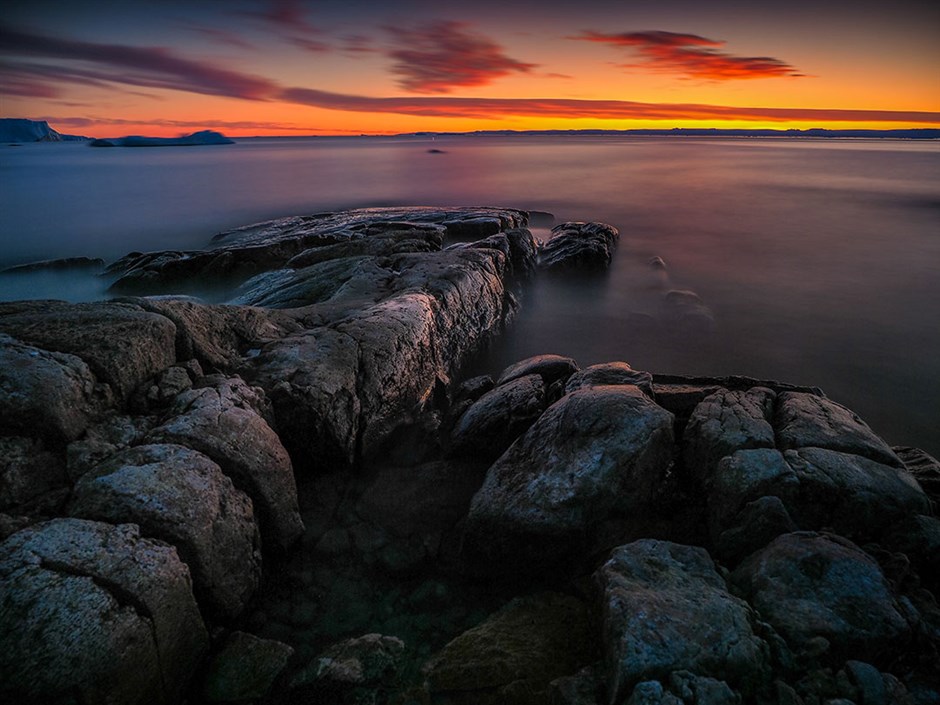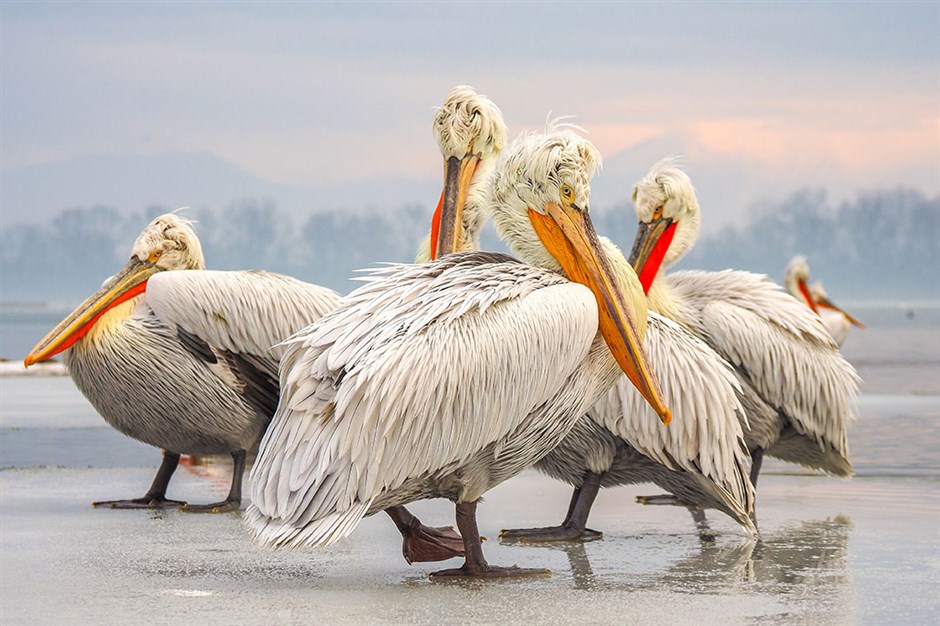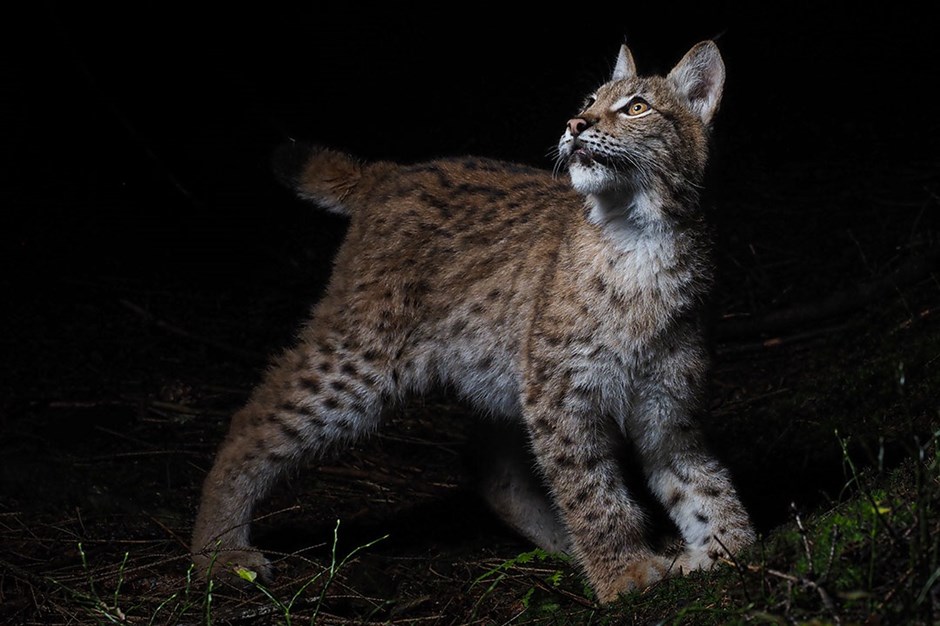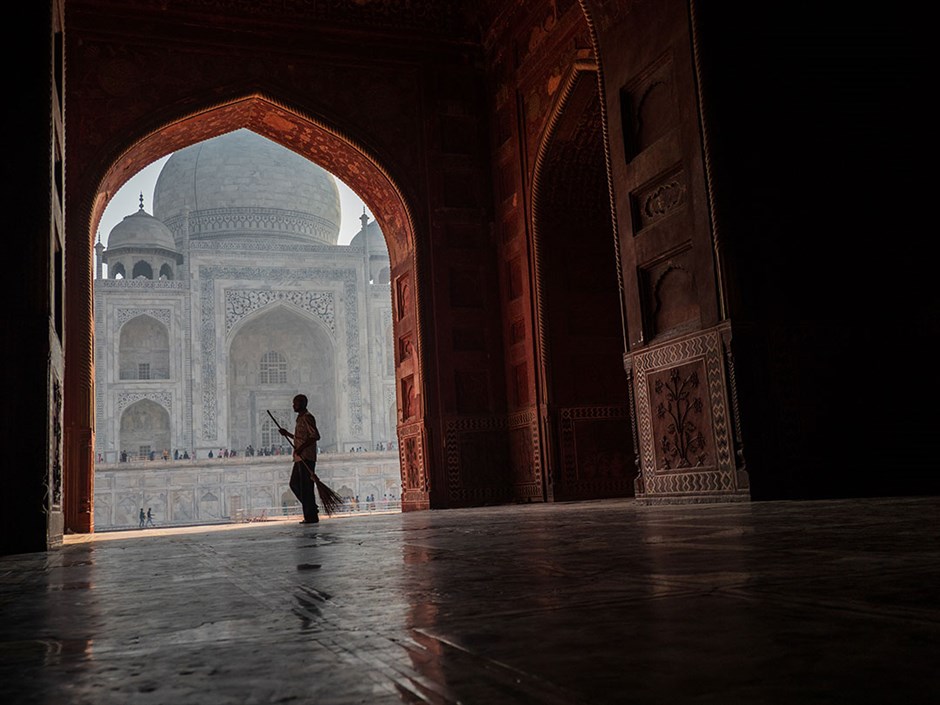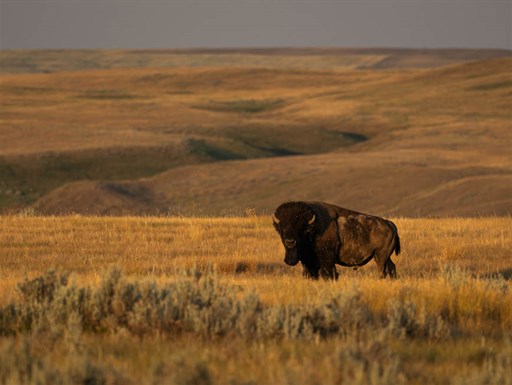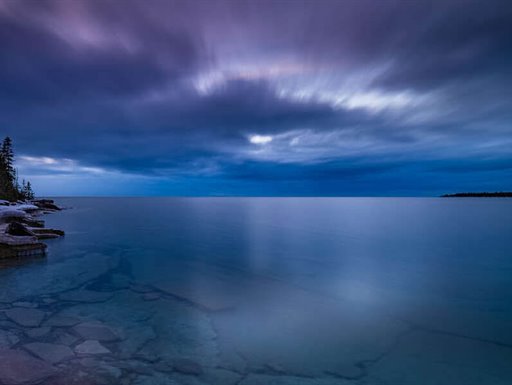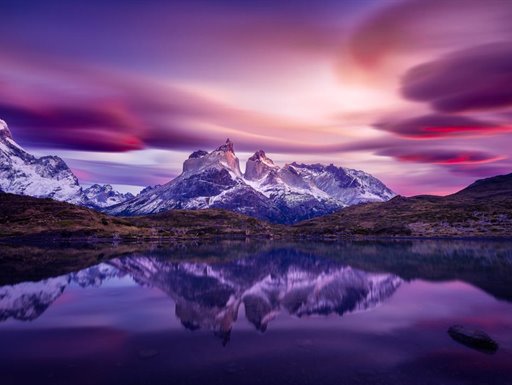Marcin Dobas is a photographer contributing for National Geographic Poland and a member of the international Olympus Visionaries team and EIZO Ambassador Program. He specializes in wildlife, wilderness landscapes, and underwater photography. He has a degree in Geology and works as a mountain rescuer and tour leader. Pictures taken during his travels are regularly published around the world in magazines, books, and calendars. Many of them won awards in prestigious, international photography contests. Marcin spent lot of time in distant places such as Svalbard, New Zealand, Norway, Thailand, Nepal, Malaysia, Sweden, Finland, Morocco, and Egypt, concentrating on photographing their wildlife. He runs photography workshops in Poland, Iceland, Nepal, India, Svalbard, and Greenland.
In 2015, National Geographic Poland published his book titled “Photo Expeditions – nine stories about Photography”
Fotograf National Geographic Polska, specjalizuje się w fotografii podróżniczej, krajobrazowej, przyrodniczej oraz podwodnej. Od lat podróżuje z aparatem docierajšc do najdalszych zakštków Ziemi. Jego zdjęcia publikowane były w wielu krajach wiata: w magazynach, przewodnikach i albumach. Laureat wielu międzynarodowych konkursów fotograficznych. Angażuje się w edukacje fotograficzna podczas prowadzenia stacjonarnych kursów oraz dalekich wyjazdów.
